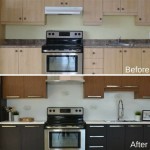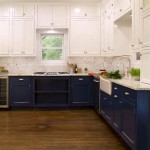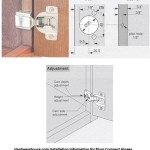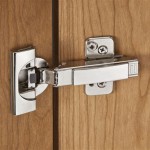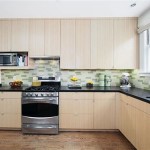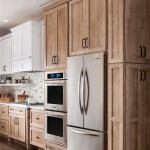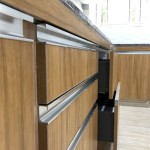What Are Standard Sizes for Kitchen Cabinet Doors?
Kitchen cabinet doors are a fundamental element of any kitchen design, influencing both functionality and aesthetics. Understanding standard sizes for these doors is crucial when planning a kitchen remodel or designing new cabinets. This knowledge allows for efficient planning, cost-effective material selection, and seamless installation.
Standard Cabinet Door Sizes: A Foundation for Design
Standard cabinet door sizes provide a starting point for kitchen design, offering a balance between practicality and visual appeal. While these sizes are generally consistent across manufacturers, it's essential to confirm the specific dimensions when ordering from a particular supplier. The following table summarizes common standard sizes for kitchen cabinet doors:
| Door Type | Width (inches) | Height (inches) |
|---|---|---|
| Single Door (Base and Wall Cabinets) | 9, 12, 15, 18, 21, 24 | 30, 36, 42 |
| Double Door (Base and Wall Cabinets) | 18, 24, 30, 36 | 30, 36, 42 |
| Single Door (Tall Cabinets) | 9, 12, 15, 18, 21, 24 | 48, 60, 72, 84 |
| Double Door (Tall Cabinets) | 18, 24, 30, 36 | 48, 60, 72, 84 |
These standard sizes cater to various cabinet styles, including base cabinets, wall cabinets, and tall cabinets. The width options provide flexibility for organizing storage space, while the height choices allow for accommodating different countertop heights and cabinet layouts.
Beyond Standard Sizes: Customization Options
While standard sizes offer practicality, unique kitchen layouts and personal preferences may require customized cabinet doors. Manufacturers often provide options for non-standard door sizes, allowing for precise fit and optimal functionality. This flexibility can be especially beneficial for:
- Island Cabinets: Island cabinets may require unique door sizes to accommodate specific layouts and functional requirements.
- Unusual Cabinet Configurations: Non-standard cabinet shapes or angled placements might necessitate custom door sizes.
- Aesthetics: Customized door sizes can enhance the aesthetic appeal of a kitchen, creating unique proportions and visual balance.
Customization can also extend beyond dimensions. Different finishes, materials, and hardware options allow for personalized design choices that reflect personal tastes and kitchen styles.
Considerations for Cabinet Door Sizing
Choosing the right cabinet door sizes involves a few key considerations:
- Cabinet Function: Consider the intended use of each cabinet. For example, base cabinets used for storing pots and pans may benefit from larger doors, while wall cabinets designated for glassware might require smaller, more visually appealing doors.
- Kitchen Layout: The overall layout of the kitchen will dictate the size and placement of cabinets, influencing the required door dimensions.
- Countertop Height: The height of the countertops will influence the optimal height of base cabinets, which in turn affects the required door sizes.
- Personal Style: The desired aesthetics can guide door size choices. Smaller doors can create a clean, minimalist appearance, while larger doors can provide a more traditional feel.
By carefully considering these factors, homeowners can select cabinet door sizes that enhance both functionality and visual appeal.

Kitchen Unit Door Combinations

Kitchen Unit Door Combinations

N Standard Kitchen Dimensions Renomart

Refacing Kitchen Cabinets Measuring New Cabinet Doors Dimensions Wall

Cabinet Face Dimensions

Kitchen Cabinet Refacing Door Depot

Barker Door Cabinet Doors And Drawer Boxes

Abcs Of Kitchen Cabinets And Specifications Granite Quartz Countertops Factory

N Standard Kitchen Dimensions Renomart

Helpful Kitchen Cabinet Dimensions Standard For Daily Use Engineering Feed In 2024 Sizes Cabinets Measurements
Related Posts

